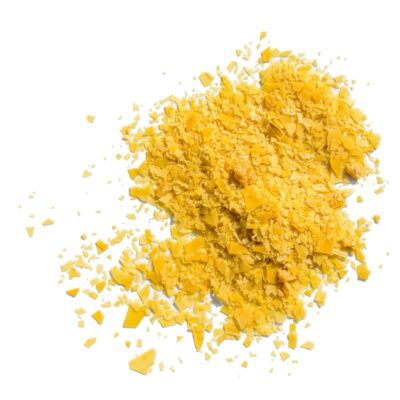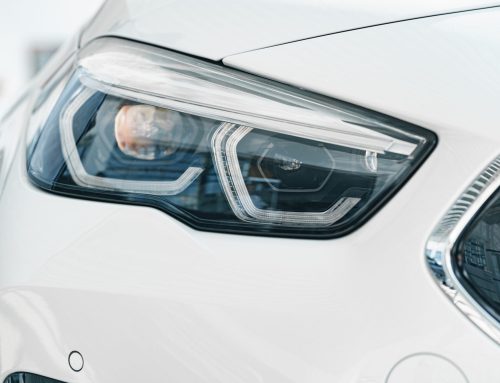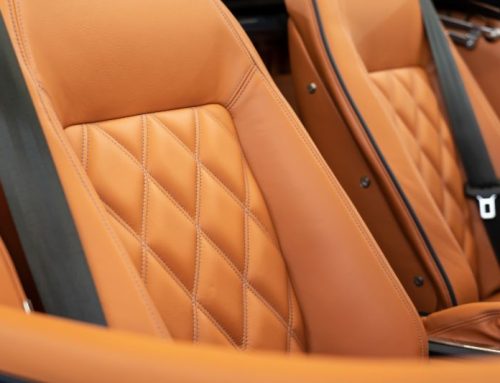Before you wax your car, you should wash it thoroughly to remove any dirt and salt from the exterior. You should use a cleaning mitt and make sure to rinse it thoroughly in clean water to avoid scratching the surface. Afterwards, you should dry your car completely to avoid water spots. Before you wax your car, you should feel it to see if it has any rough spots. You want the surface to feel like glass before you begin the process.
Why you shouldn’t wax your car after driving it home
Many drivers like to keep their car clean at all times, performing regular maintenance and waxing it regularly. Some even make it a point not to let anyone get in their car with dirty shoes or food. Most drivers have at least waxed their car once in their lifetime.
Waxing your car is a great way to add a glossy finish and protect it from blemishes. It also fills in the gaps in the clear coat, which are caused by imperfections like micro scratches. Wax works best on a clean surface, so you should always make sure to wash it first.
Waxing is a difficult process. When wax is applied to a hot car, it tends to be caked on and is difficult to remove. The wax will also become too brittle if it has not been polished properly. When you’re driving your car home, you don’t want to risk leaving wax on the car while it’s still hot.
Aside from protecting the paint, wax also protects the clear coat on the body panels. Without it, water will seep into the paint, resulting in fading and deterioration. The worst case scenario is that your car doesn’t look as shiny as it was before, but you won’t have to spend hundreds of dollars on repairs if you don’t want to use wax.
Which type of wax is best for your car
When it comes to waxing your car, you have a lot of options. You can choose from different natural or synthetic formulas. Natural formulas are generally harder and are made from Copernicia Cerifera palm tree wax, also known as carnauba. Natural carnauba wax is available in two grades: yellow carnauba wax, which is the highest quality and most expensive, and white carnauba wax, which is cheaper. There is also carnauba-based synthetic car wax available, but it is not as high quality.
The traditional type of car wax is paste, which is hard and butter-like. This type is often made with natural waxes, and is the oldest formula available. It provides a deep shine and luster, but requires more frequent reapplying. Paste car wax also tends to be more expensive.
If you’re looking for a long-lasting protective coating, synthetic liquid car wax is best. It can help protect your car’s surface for six months or more. On the other hand, carnauba wax gives you a beautiful glossy finish, but its protective coating doesn’t last nearly as long as synthetic liquid wax.
A popular choice among vehicle owners is Turtle Wax Super Hard Shell Paste Wax. It provides superior water repellency, and it also protects the finish of your car for six to eight weeks. It comes in a 14-ounce container and is easy to apply. The paste-wax is water-repellent, and provides a durable finish that will last a long time. The Turtle Wax formula comes with an applicator pad, which allows you to apply it on your car without damaging the finish.
Cost of waxing your car
Waxing your car is an excellent way to preserve the finish on your car over time. As the car gets older, its finish may become scratched due to oxidation and embedded grime. In the past, the best waxes were liquids, and these products are still the most effective at cleaning and preserving a car’s finish.
You can save money on car waxing by doing it yourself. A high quality wax will last up to five applications. You can even get a professional detailer to do this job for you, but the cost will be more than you might expect. It will take up to an hour, and you’ll be paying for the time and product.
The cost of waxing your car will depend on a few factors. Generally, waxes cost about $50. The cost of a car wash varies, but you can generally expect to pay at least $40 for a basic wash and rinse. You may also opt to pay extra for extra services, like cleaning your leather upholstery, removing stains, and washing your engine.
Waxing your car protects the paint from sun, road salts, bird droppings, and water. Water contains chemicals and pollutants that can scratch your car’s finish, so it’s important to keep it well protected from the elements. Wax makes the paint “hydrophobic”, meaning it forces water beads to bunch up instead of scratching it.




